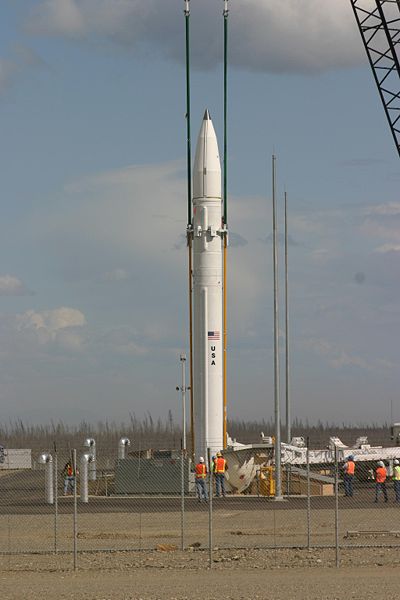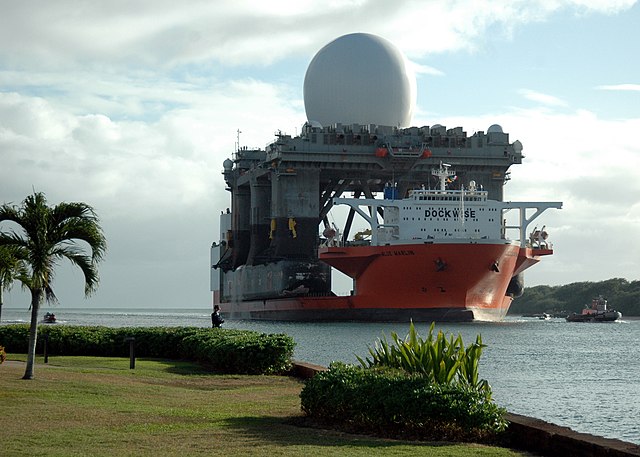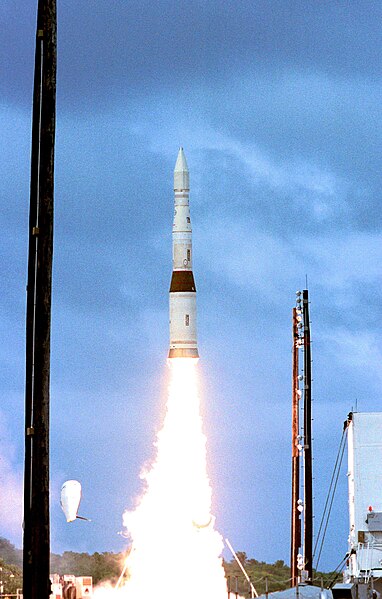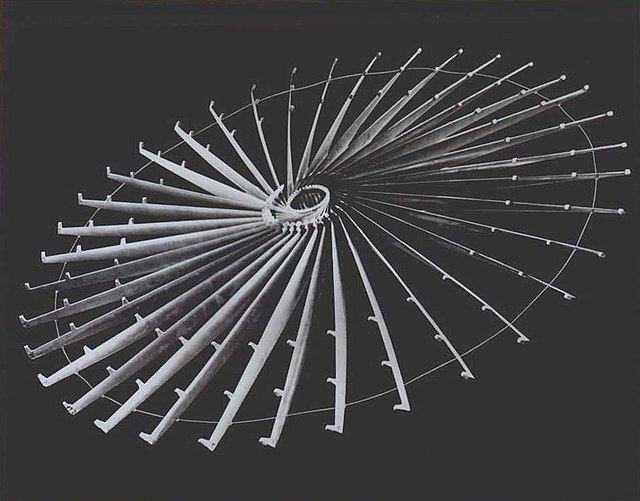Ground-Based Midcourse Defense
Ground-Based Midcourse Defense (GMD), previously National Missile Defense (NMD), is an anti-ballistic missile system implemented by the United States of America for defense against ballistic missiles, during the midcourse phase of ballistic trajectory flight. It is a major component of the American missile defense strategy to counter ballistic missiles, including intercontinental ballistic missiles (ICBMs) carrying nuclear, chemical, biological or conventional warheads.
A Ground-Based Interceptor loaded into a silo at Fort Greely, Alaska in July 2004.
Prototype of the Exoatmospheric Kill Vehicle
Sea-based X-band Radar platform arriving in Pearl Harbor in January 2006.
United States national missile defense
National missile defense (NMD) refers to the nationwide antimissile program the United States has had in development since the 1990s. After the renaming in 2002, the term now refers to the entire program, not just the ground-based interceptors and associated facilities.
A Payload Launch Vehicle (PLV) carrying a prototype exoatmospheric kill vehicle is launched from Meck Island at the Kwajalein Missile Range on 3 December 2001, for an intercept of a ballistic missile target over the central Pacific Ocean.
Homing Overlay Experiment open web
An infographic describing the Ballistic Missile Defense System (BMDS) created by the Missile Defense Agency in 2010.
Aegis Ballistic Missile Defense System logo







